Oregon University Research’s Multi-Billion Benefit to the State’s Economy and Society





 Email to a friend
Permalink
Email to a friend
Permalink
Thursday, May 28, 2015
Rebecca Randall, GoLocalPDX Contributor
Oregon universities attract quality academic researchers, which in turn catch the attention of students and, it turns out, policymakers. This year, two out of the four
United States science envoys selected by Secretary of State John Kerry are affiliated with Oregon universities. As work at the state’s universities garners interest and clout, more people relocate to Oregon, jobs grow and the economy benefits.
“The benefit of research is that it brings very experienced professors and research associates and then they attract students who are interested in those projects... The better students attract better faculty which attracts better research which attracts better students...” said Scott Gallagher, director of communications of Portland State University.
OHSU estimates that about 52 percent of its alumni continue to live in Oregon after graduation, meaning about half of doctors and dentists in the state attended OHSU. According to a 2014 study by EcoNorthwest, OHSU supports 33,685 jobs, both at OHSU and in the community. Its economic impact was more than $4.3 billion in 2012.
Similarly, Oregon State University and the University of Oregon are some of the state’s top employers. After OHSU, OSU has generated more research funding dollars than any of the state’s other universities, according to a 2012 analysis by EcoNorthwest. Every dollar invested in research at OSU returns between $1.20-$1.67 in benefits to society.
Yet, the benefit of research at the state’s schools is felt by various segments of society, as researchers press for answers to current challenges ranging from climate change and smarter urban living to vaccines for incurable diseases and better diagnostic tools.
Some of the best researchers were recognized this year by the U.S. Secretary of State’s office and will service abroad helping to find solutions for global issues.
Geri Richmond, a chemistry professor and Presidential Chair at the University of Oregon (UO), was selected as a to work with researchers in countries along the Mekong River in Southeast Asia: Thailand, Myanmar, Laos, Vietnam and Cambodia.
Richmond said she is committed to the developing partnerships with scientists, especially in these countries “currently experiencing the environmental, water and health problems that foreshadow what we in developing countries will likely face in the future.”
Jane Lubchenco, a distinguished professor of marine biology at Oregon State University (OSU) and former head of the National Oceanic and Atmospheric Administration, was selected to focus on issues related to marine ecology, environmental science and climate change. Earlier this year, Lubchenco also received one of the most prestigious environmental awards, the Tyler Prize for Environmental Achievement.
Many more of Oregon’s research contributions are noticed nationally, though. The National Institutes of Health rank Oregon Health and Sciences University’s school of medicine No. 25 in research, said Tamara Hargens-Bradley, a media spokesman. And both OSU and the UO made the Carnegie Foundation’s Tier 1 list for very high research activity and community engagement—out of 40 public universities ranked nationwide.
Portland State University also has a global reputation, in particular in urban design. “We have a long history of urban design at PSU,” said Gallagher. “We've been involved since the 60s for designing the urban boundary line, promoting public transportation... and general urban design.
“We have people from all other the world coming to Portland to learn about urban design,” he said.
PSU is ranked No. 16 by the U.S. News and World Report for its graduate program in city management and urban policy. PSU faculty in urban design focus on sustainability in an urban center, incorporating solar and wind into smart grids, and aging in place.
At PSU, undergraduate students receive real world experience through capstone projects, which often have large research components.
“Some of our students get to do research as undergraduate students,” said Gallagher, particularly in the health sciences. “The goal is to pair students with faculty researchers that are actually doing real work now.”
For example, using the help of undergraduate and graduate students, Ken Stedman found a way to preserve viruses in a way that could extend the shelf life of vaccines and allow for storage at room temperature, which is a need in resource poor countries without access to reliable electricity or refrigeration. He calls the research project a
“zombie” virus, which are the basis of vaccines, for its ability “die” and then reanimate when a vaccine is needed.
Since health science careers are one of the top career paths of PSU students, it has been building a partnership with OHSU, where some of its alumni go onto top-ranked graduate programs.
The Collaborative Life Sciences Building, which opened at the South Waterfront in 2014, gives shared space to PSU, OHSU and OSU. Gallagher said the space has opened up research opportunities for undergraduate students.
Last year, OHSU announced 128 inventions, some of which could turn into patents or out-licensed technology. Its recent discoveries ranges from an HIV/AIDS vaccine to converting human skin sells into stem cells and conducting clinical trials for a new genetic therapy for blindness.
“We’ve got scientist working with clinicians, engineers working with biologists, and it’s by getting those minds together that we’re really going to be able to make those discoveries that push the boundaries of knowledge,” said Michael F. Chiang, an ophthalmologist whose research develops computer and information technology to better diagnose eye diseases.
OSU’s forestry and agricultural sciences are also globally recognized, ranking eighth in the world, according to QS Intelligence Unit (QSIU) – a division of QS Quacquarelli Symonds, an international higher education data-research firm. The methodology took into account the university’s research, including factors such as citations per faculty.
For example, forestry researchers last year published a paper on the discovery of a gene that turns on the function of budding in the spring, which could help in the task of breeding trees adapted for climate change.
“This is the first time a gene that controls the timing of bud break in trees has been identified,” said Steve Strauss, co-author and distinguished professor of forest biotechnology at OSU.
Related Slideshow: Twenty Fascinating Research Projects You Should Know About

Prev
Next
Pain Relief
Visually Representing a Patient's Pain
Brain researchers at OHSU are focusing on how to create a "biomaker" that would allow doctors to visibly observe a patient's pain, the intensity of the pain, and where it hurts.
“Many of people have pain that we can’t explain because we can t see what’s wrong with them. It’s because there’s changes in their brain" the lead researcher of the project, Dr. Mary Heinricher, said. "We’ve been trying to see those changes.”
If an application for the findings can be fully developed, the research will allow medical professionals treating any kind of pain to utilize information from the signals between neurons, which are always happening in the brain.
“It will change how we view pain, from a suspicion of someone complaining of something not real to us understanding them."

Prev
Next
Teaching Girls Classroom Confidence
Researchers at Willamette University are studying how educators can empower female students to believe they're capable of learning in school science labs, or classroom settings.
Educators are hoping the research will help to even the balance between women and men working in advanced sciences.
Prof. Emma Coddington said her research is based in neuroscience, but has applications in teaching.
“It’s insufficient just to have great science - you also need a really great plan for teaching, Coddington stated. "That’s what’s unusual about this grant.”
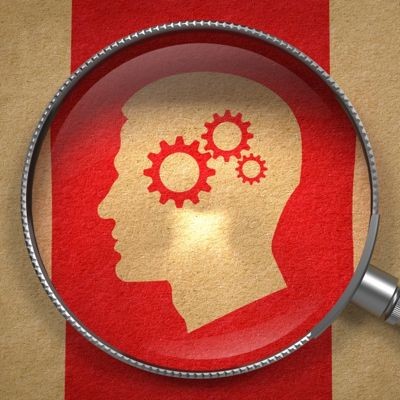
Prev
Next
Microbes in Your Gut Affect Your Mental Health?
Biology research at the University of Oregon is examining whether microbes in the digestive tract play a role in mental illness.
When something goes wrong with the microbes in a zebrafish's gut, it can cause problems for genes that regulate the development of the central nervous system.
The research could potentially shine a light on the importance of the small intestine. the absorption of nutrients (and medications) in the digestive system.
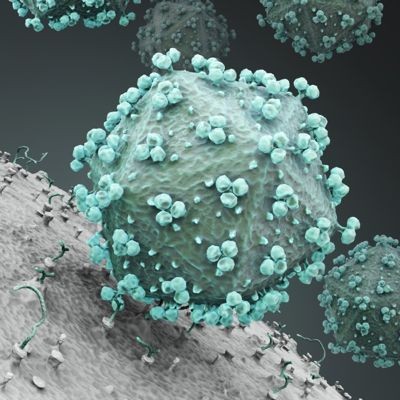
Prev
Next
HIV Vaccine
Researchers at OHSU's Vaccine and Gene Therapy Institute announced they had created a vaccine for HIV last year. The drug is being tested on a strain of the virus that's prevalent in primates called the Simeon Immunodeficiency Virus, or SIV.
Studies found that the vaccine completely eliminates the virus from the bodies of monkeys, seeking out every virus-infected cell and destroying it.
Doctors are hoping that a modified version of the vaccine will be an effective alternative for humans.
Trials are continuing as the thousands of Oregon residents living with HIV anxiously watch.

Prev
Next
Appetite Suppression
At the UO, psychology professor Elliot Berkman and his team have discovered techniques to teach people how to block unwanted thoughts - specifically unwanted cravings and impulses to eat fattening, unhealthy foods, as processed foods are what people have the most difficulty resisting, according to researchers.
Participants in the studies have had their brain activity mapped by a full-body MRI machine while they struggled to resist their favorite treats.
Using cognitive therapy, researchers teach the participants how to resist their impulses by simply doing whatever comes easiest to them. Some of them simply wait for the urge to subside, among other techniques. The goal is to eventually have a participant change their perceptions of problem foods.
“We’re coming together to build innovative new tools that will really impact people’s lives for the better,” Berckman said in a statement.
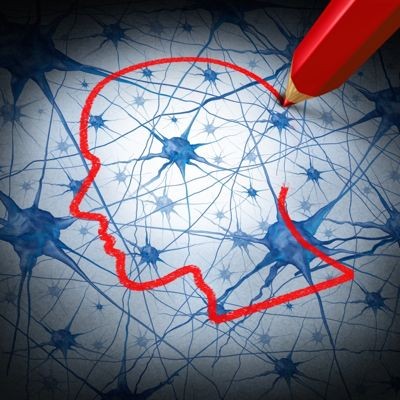
Prev
Next
Treatment of Parkinson's Disease
One of the many research initiatives at OHSU examines how to teat Parkinson’s Disease, a degenerative brain condition that paralyzes the central nervous system.
Researchers are studying a number of different methods forn ew treatments, including stimulating a patient's brain to regenerate dead neurons. Researchers will also be studying drug treatments and researching genetics.
The goal of the Parkinson Center & Movement Disorders Program is to find a cure for the disease and improve the quality of life of patients whom suffer it, its researchers stated.

Prev
Next
Identifying Genetic Risk Factors for Autism
Genetic researchers at OHSU are hoping to identify Autism's genetic risk factors.
The frequency of Autism diagnosis in the U.S. has alarmed medical professionals and baffling parents. The CDC reported that one out of 68 children born in the country are diagnosed as being on the spectrum of Autism.
Parents are hoping that the studies will shed some light on the mysterious disorder.
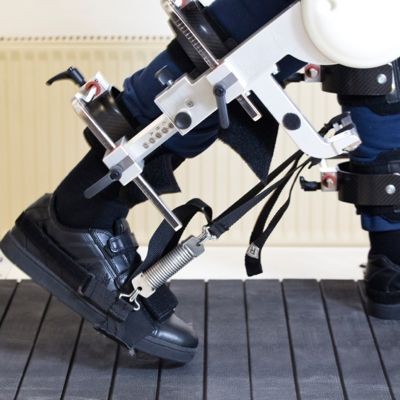
Prev
Next
Robotic Exo Skelletons Can Help People Walk Again
Researchers in Oregon State’s robotics lab are developing wearable, robotic exoskeletons that could help some people who have lost their ability to walk, like veterans and the elderly, to regain their mobility.
Many of the prosthetics currently being developed would allow a patient to feel sensations and control the artificial body part using only their mind, as if the mechanical device was a natural part of them, according to Dr. Ravi Balasubramanian, the lab's director.

Prev
Next
Teaching Parents How to Educate Their Kids
One of the Willamette University projects is conducting research on teaching for the Oregon Dept. of Education.
WU Communications Officer Adam Torgeson said the purpose of the study is to identify ways to teach parents how to facilitate their child's learning.
"When it comes to getting results in early childhood education, sometimes its more effective to teach the parents," Torgeson said.

Prev
Next
Saving Trees From Invasive Insects
The National Science Foundation awarded a team of researchers from the UO Geology Dept. $1.3 million to study the impact of how humans interact with the environment.
The group is examining forestry trends to determine whether climate change played a significant role when trees were killed by pine beetles, an invasive insect in the Pacific Northwest.
Data from the research has indicated that, "tens of millions of trees had died in the region over the last 20 years," due to pine beetle infestations.
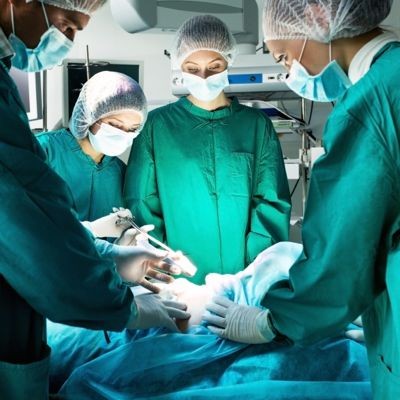
Prev
Next
Using Stem Cells to Recover from Heart Attacks
At the OHSU Center for Regeneretive Medicine, Dr. Kenneth Gregory has been studying how stem cells can be used for a range of medical procedures.
Gregory uses the stem cells in a patient's given body part to replace damaged tissue. Heart attacks, for example, causes significant damage to tissue that can be replaced by stem cells that are part of the organ, according to Gregory's research.
“We didn’t even know that the heart had stem cells," Gregory stated. "Now we know that they’re present in every tissue and every organ of your body."
_demonstrates_the_use_of_a_robot_to_disarm_and_defeat_improvised_explosive_devices_(IEDs)_during_a_media_demonstration_at_Fort_St_400_400_90.jpg)
Prev
Next
Surveillance Robots
At Oregon State, researchers are also developing rovers that can be used for a range of purposes, from exploration to military.
Dylan Haney, who earned his Bachelor of Science degree from Oregon State in 2011, said, the robots could be used by bomb squads, while providing more precisions than current robots used by law enforcement.
The U.S. Dept. of Defense has shown interest in the project, according to researchers.
“It’s pretty amazing how broad the applications are,” Haney said.

Prev
Next
Finding More Efficient Ways to Learn a New Language
At OHSU, study participants are having their brains map while they try to learn a new language.
Researchers said the project measures cognitive activity, and applies the data in an education setting.
The goal of the research is to cut down on the difficulty level and time commitment of learning a new language.
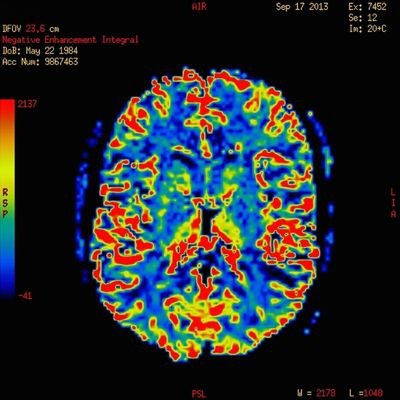
Prev
Next
Improving Speech Impediments
Similar to the new language initiatives at OSU is the research into improving speech patterns.
Individuals who have trouble speaking will also have their brains' mapped.
Researchers hope to gain a more intimate understanding on how to provide speech therapy.
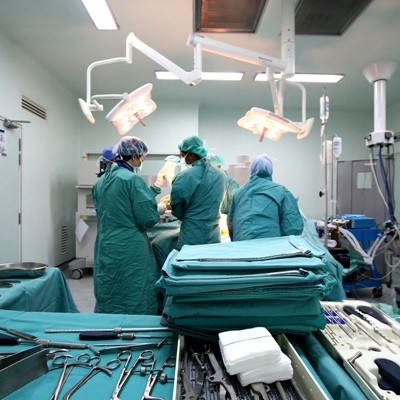
Prev
Next
Using Nano Robots
OSU researchers are developing nano robots for tasks that human beings are too big, or too clumsy, to do.
The robots could be used to perform everything from surgery to custodial maintenance.
Some robots could have their own ability to make decisions, researchers stated.

Prev
Next
Using Marine Life as Biofuels
Oregon State Researchers are studying the use of organisms found deep in the ocean as a possible biofuel for cars.
The researchers already have the expertise to package the energy from the organic material, but the technology hasn't caught up, according to engineers.
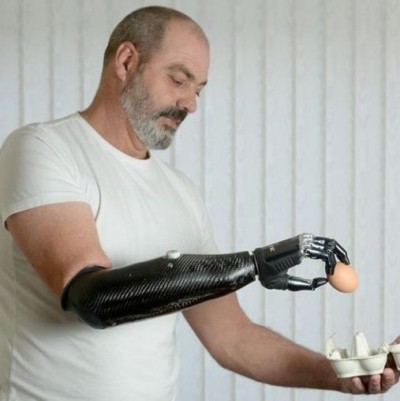
Prev
Next
Prosthetic Limbs Controlled by Thoughts
Researchers are developing mechanical components at OSU for prosthetic limbs that respond to nerve impulses sent to it from the body.
“We want to use these (components) to connect to muscles and tissue in the human body,” Lab Director Ravi Balasubramanian said.
“This combination of human movement and robotics is going to be a very exciting area of work for the next 25 years,” Balasubramanian said.
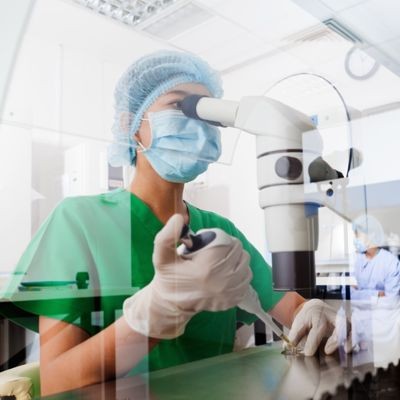
Prev
Next
Cancer Prevention
Cancer research at OHSU is extensive, and shows now sign of decreasing any time soon.
Nike-founder Phil Knight pledged that he would donate $500 million to the Knight Cancer Institute at OHSU, on the condition that the university and legislature would match his contribution by December 2015. The university has raised more than $400 million to match Knight's challenge, according to media reports.
One current project examines on whether cancer can be prevented by what a patient chooses to eat.
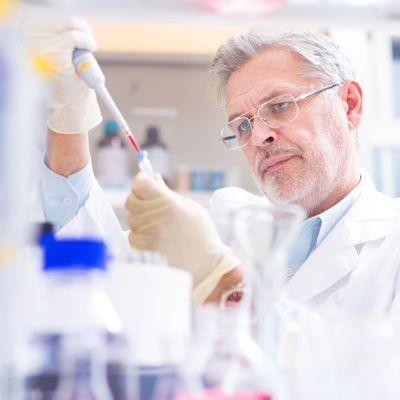
Prev
Next
Cancer Cure
OHSU research is taking on the the disease from every angle it can, administrators said.
One of the areas of study researchers are examining is genetics.
If successful, doctors may be able to target specifically cells damaged by particularly aggressive cancers.
Related Articles
Enjoy this post? Share it with others.





 Email to a friend
Permalink
Email to a friend
Permalink
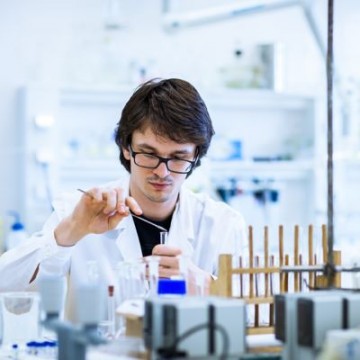
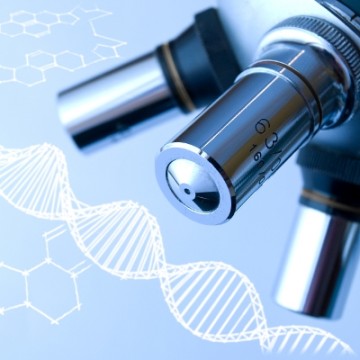
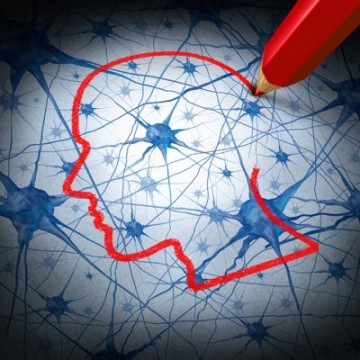












_demonstrates_the_use_of_a_robot_to_disarm_and_defeat_improvised_explosive_devices_(IEDs)_during_a_media_demonstration_at_Fort_St_400_400_90.jpg)



















_demonstrates_the_use_of_a_robot_to_disarm_and_defeat_improvised_explosive_devices_(IEDs)_during_a_media_demonstration_at_Fort_St_80_80_90_c1.jpg)











 Delivered Free Every
Delivered Free Every
Follow us on Pinterest Google + Facebook Twitter See It Read It